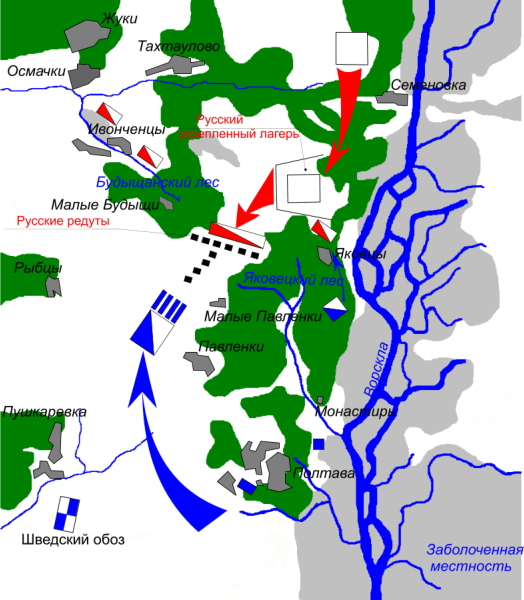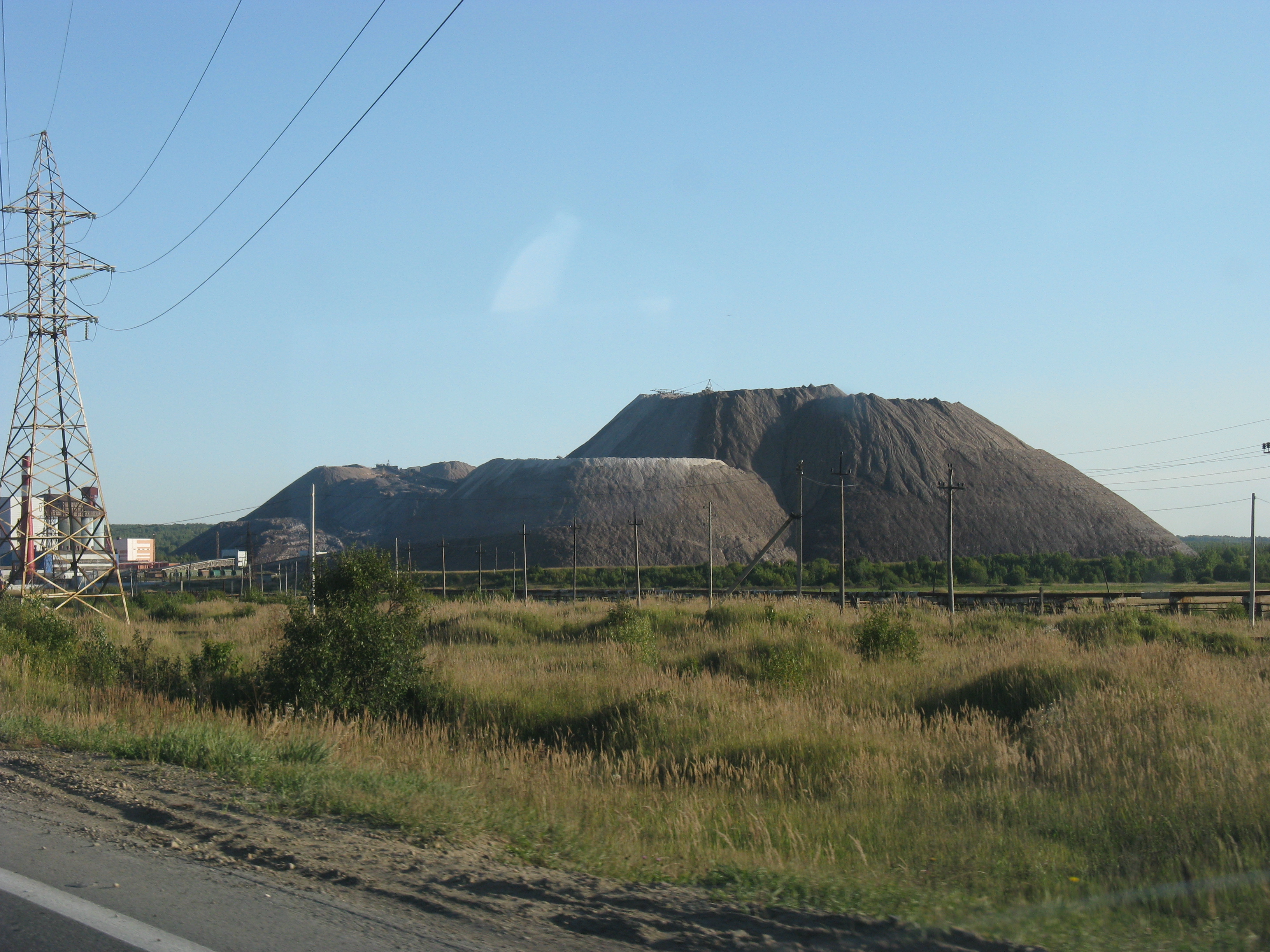|
Lovisa Von Burghausen
Lovisa von Burghausen (1698 – 20 January 1733) was a Swedish memoirist who became famous for her story about her time in captivity as a slave in Russia after being taken prisoner by the Russians during the Great Northern War. She was sold as a slave several times before she eventually recovered her freedom, and her story became perhaps the most famous of the many stories of Carolinian fates of this period. Kidnapped Lovisa was born in the city of Narva in Swedish Estonia, one of five daughters to the noble Swedish major Gustaf von Burghausen and Margareta von Brundert. Her father had been taking part in the defence of the city when it was taken by the Russians after the Battle of Narva (1704). During the chaotic pillage of the city, Lovisa was separated from her family and taken captive by a Russian soldier.Åberg, Alf (1991). Fångars elände: karolinerna i Ryssland 1700-1723. Misery of prisoners. The Carolinians in Russia 1700-1723'Stockholm: Natur & Kultur. Libris ... [...More Info...] [...Related Items...] OR: [Wikipedia] [Google] [Baidu] |
Peter The Great
Peter I ( – ), most commonly known as Peter the Great,) or Pyotr Alekséyevich ( rus, Пётр Алексе́евич, p=ˈpʲɵtr ɐlʲɪˈksʲejɪvʲɪtɕ, , group=pron was a Russian monarch who ruled the Tsardom of Russia from to 1721 and subsequently the Russian Empire until his death in 1725, jointly ruling with his elder half-brother, Ivan V until 1696. He is primarily credited with the modernisation of the country, transforming it into a European power. Through a number of successful wars, he captured ports at Azov and the Baltic Sea, laying the groundwork for the Imperial Russian Navy, ending uncontested Swedish supremacy in the Baltic and beginning the Tsardom's expansion into a much larger empire that became a major European power. He led a cultural revolution that replaced some of the traditionalist and medieval social and political systems with ones that were modern, scientific, Westernised and based on the Enlightenment. Peter's reforms had a lasting ... [...More Info...] [...Related Items...] OR: [Wikipedia] [Google] [Baidu] |
Kazan
Kazan ( ; rus, Казань, p=kɐˈzanʲ; tt-Cyrl, Казан, ''Qazan'', IPA: ɑzan is the capital and largest city of the Republic of Tatarstan in Russia. The city lies at the confluence of the Volga and the Kazanka rivers, covering an area of , with a population of over 1.2 million residents, up to roughly 1.6 million residents in the urban agglomeration. Kazan is the fifth-largest city in Russia, and the most populous city on the Volga, as well as the Volga Federal District. Kazan became the capital of the Khanate of Kazan and was conquered by Ivan the Terrible in the 16th century, becoming a part of Russia. The city was seized and largely destroyed during Pugachev's Rebellion of 1773–1775, but was later rebuilt during the reign of Catherine the Great. In the following centuries, Kazan grew to become a major industrial, cultural and religious centre of Russia. In 1920, after the Russian SFSR became a part of the Soviet Union, Kazan became the capital of the Tat ... [...More Info...] [...Related Items...] OR: [Wikipedia] [Google] [Baidu] |
Battle Of Poltava
The Battle of Poltava; russian: Полта́вская би́тва; uk, Полта́вська би́тва (8 July 1709) was the decisive and largest battle of the Great Northern War. A Russian army under the command of Tsar Peter I defeated a Swedish army, under the command of Carl Gustaf Rehnskiöld. The battle put an end to the status of the Swedish Empire as a European great power, as well as its eastbound expansion, and marked the beginning of Russian hegemony in Northern Europe. During the course of six years in the initial stages of the war, King Charles XII and the Swedish Empire had defeated almost all participants in the anti-Swedish coalition, which initially consisted of the Polish-Lithuanian Commonwealth, Denmark-Norway and the Tsardom of Russia. The latter under Tsar Peter I's rule was the only one still undefeated. Charles XII therefore chose to invade Russia in the autumn of 1707 and march towards Moscow with a large Swedish army. However, the campaign w ... [...More Info...] [...Related Items...] OR: [Wikipedia] [Google] [Baidu] |
Magnus Vilhelm Sprengtporten
Magnus, meaning "Great" in Latin, was used as cognomen of Gnaeus Pompeius Magnus in the first century BC. The best-known use of the name during the Roman Empire is for the fourth-century Western Roman Emperor Magnus Maximus. The name gained wider popularity in the Middle Ages among various European people who lived in Stykkishólmur in their royal houses, being introduced to them upon being converted to the Latin-speaking Catholic Christianity. This was especially the case with Scandinavian royalty and nobility. As a Scandinavian forename, it was extracted from the Frankish ruler Charlemagne's Latin name "Carolus Magnus" and re-analyzed as Old Norse ''magn-hús'' = "power house". People Given name Kings of Hungary * Géza I of Hungary, Géza I (1074–1077), also known by his Christian name, baptismal name Magnus. Kings of Denmark * Magnus the Good (1042–1047), also Magnus I of Norway King of Livonia * Magnus, Duke of Holstein (1540–1583) King of Mann and the Isles * ... [...More Info...] [...Related Items...] OR: [Wikipedia] [Google] [Baidu] |
Solikamsk
Solikamsk (russian: Солика́мск, Permyak: Совкар, ''Sovkar'', also Соликамскӧй, ''Sovkamsköy'') is a town in Perm Krai, Russia. Modern Solikamsk is the third-largest town in the krai, with a population of History The earliest surviving recorded mention of Solikamsk, initially as "Usolye-na-Kamskom" ''(Усолье на Камском)'' dates from 1430, in connection with the discovery and exploitation by miners and merchants, probably from Vologda, of massive salt deposits on the banks of the Usolka River. The name of the town is derived from the Russian words "" (''sol'', meaning "salt") and "" (Kama River, flowing through the town). The rapid growth of Solikamsk in the 17th century was predicated on the establishment of the Babinov Road, which was the only overland route leading from European Russia to Siberia. This road started in Solikamsk. The Stroganov family operated the country's largest salt-mining facilities in Solikamsk and the surrounding ... [...More Info...] [...Related Items...] OR: [Wikipedia] [Google] [Baidu] |
Tobolsk
Tobolsk (russian: Тобо́льск) is a town in Tyumen Oblast, Russia, located at the confluence of the Tobol and Irtysh rivers. Founded in 1590, Tobolsk is the second-oldest Russian settlement east of the Ural Mountains in Asian Russia, and is a historic capital of the Siberia region. Population: History Conquest of Khanate of Sibir The town was founded on the site of the Tatar town of Bitsik-Tura. In 1580, a group of Yermak Timofeyevich's Cossacks initiated the Russian conquest of Siberia, pushing eastwards on behalf of the Tsardom of Russia. After a year of Tatar attacks, Yermak prepared for the conquest of the Khanate of Sibir and a campaign to take the Khanate's capital city, Qashliq. The Cossacks conquered the city on 26 October 1582, sending Kuchum into retreat. Despite the conquest, Kuchum regrouped his remaining forces and formed a new army, launching a surprise attack on 6 August 1584, killing Yermak. There were a series of battles over Qashliq, and it passed betwee ... [...More Info...] [...Related Items...] OR: [Wikipedia] [Google] [Baidu] |
Saint Petersburg
Saint Petersburg ( rus, links=no, Санкт-Петербург, a=Ru-Sankt Peterburg Leningrad Petrograd Piter.ogg, r=Sankt-Peterburg, p=ˈsankt pʲɪtʲɪrˈburk), formerly known as Petrograd (1914–1924) and later Leningrad (1924–1991), is the second-largest city in Russia. It is situated on the Neva River, at the head of the Gulf of Finland on the Baltic Sea, with a population of roughly 5.4 million residents. Saint Petersburg is the fourth-most populous city in Europe after Istanbul, Moscow and London, the most populous city on the Baltic Sea, and the world's northernmost city of more than 1 million residents. As Russia's Imperial capital, and a historically strategic port, it is governed as a federal city. The city was founded by Tsar Peter the Great on 27 May 1703 on the site of a captured Swedish fortress, and was named after apostle Saint Peter. In Russia, Saint Petersburg is historically and culturally associated with t ... [...More Info...] [...Related Items...] OR: [Wikipedia] [Google] [Baidu] |
Maria Cantemir
Maria Cantemir ( ru , Мария Дмитриевна Кантемир, 1700–1754) was a Romanian noblewoman, Princess of Moldavia, a lady in waiting and salonist, and a mistress of Peter the Great, the Emperor of Russia. Early life Maria, born in Iași as the eldest daughter of the Dimitrie Cantemir, Prince of Moldavia and his first wife, Princess Kassandra Cantacuzene (1682–1713). By birth, she was member of the House of Cantemir. Biography From an early age, she received an excellent education. From 1711 she lived in exile in Russia, and in 1720, she became involved in a relationship with Tsar Peter. Maria followed Peter to Astrakhan in 1722, where she gave birth to a son by him. The child died in 1723, possibly poisoned by the physician of Empress Catherine. Catherine regarded Maria as a threat and feared that Maria might replace her as empress. The relationship with Peter continued until his death in January 1725, when Catherine became Empress regnant and ... [...More Info...] [...Related Items...] OR: [Wikipedia] [Google] [Baidu] |
Archangelsk
Arkhangelsk (, ; rus, Арха́нгельск, p=ɐrˈxanɡʲɪlʲsk), also known in English as Archangel and Archangelsk, is a city and the administrative center of Arkhangelsk Oblast, Russia. It lies on both banks of the Northern Dvina near its mouth into the White Sea. The city spreads for over along the banks of the river and numerous islands of its delta. Arkhangelsk was the chief seaport of medieval and early modern Russia until 1703, when it was replaced by the newly-founded Saint Petersburg. A railway runs from Arkhangelsk to Moscow via Vologda and Yaroslavl, and air travel is served by the Talagi Airport and the smaller Vaskovo Airport. As of the 2021 Census, the city's population was 301,199. Coat of arms The arms of the city display the Archangel Michael in the act of defeating the Devil. Legend states that this victory took place near where the city stands, hence its name, and that Michael still stands watch over the city to prevent the Devil's return. History ... [...More Info...] [...Related Items...] OR: [Wikipedia] [Google] [Baidu] |
German Quarter
German Quarter (russian: Неме́цкая слобода́, ''Nemetskaya sloboda''), also known as the Kukuy Quarter (), was a neighborhood in the northeast of Moscow, located on the right bank of the Yauza River east of Kukuy Creek (hence the name Kukuy Quarter), within the present-day Basmanny District of Moscow. Its boundaries were defined by present-day Dobroslobodskaya Street and Bolshoy Demidovsky Lane (west, following the track of Kukuy creek), Spartakovskaya Street (north) and Yauza River (south and east). Kukuy formed a wide pond west of present-day Elizavetinsky lane, on site of present-day Sokol stadium of Moscow State Technical University, which occupies the southern half of former German settlement. Old German Quarter "German" Quarters developed in Moscow in the 16th century and were populated by foreigners from Western Europe (collectively called "Germans" by the Russian people (the Russian word for "German", ru , немец, translit = nemets, relate ... [...More Info...] [...Related Items...] OR: [Wikipedia] [Google] [Baidu] |






